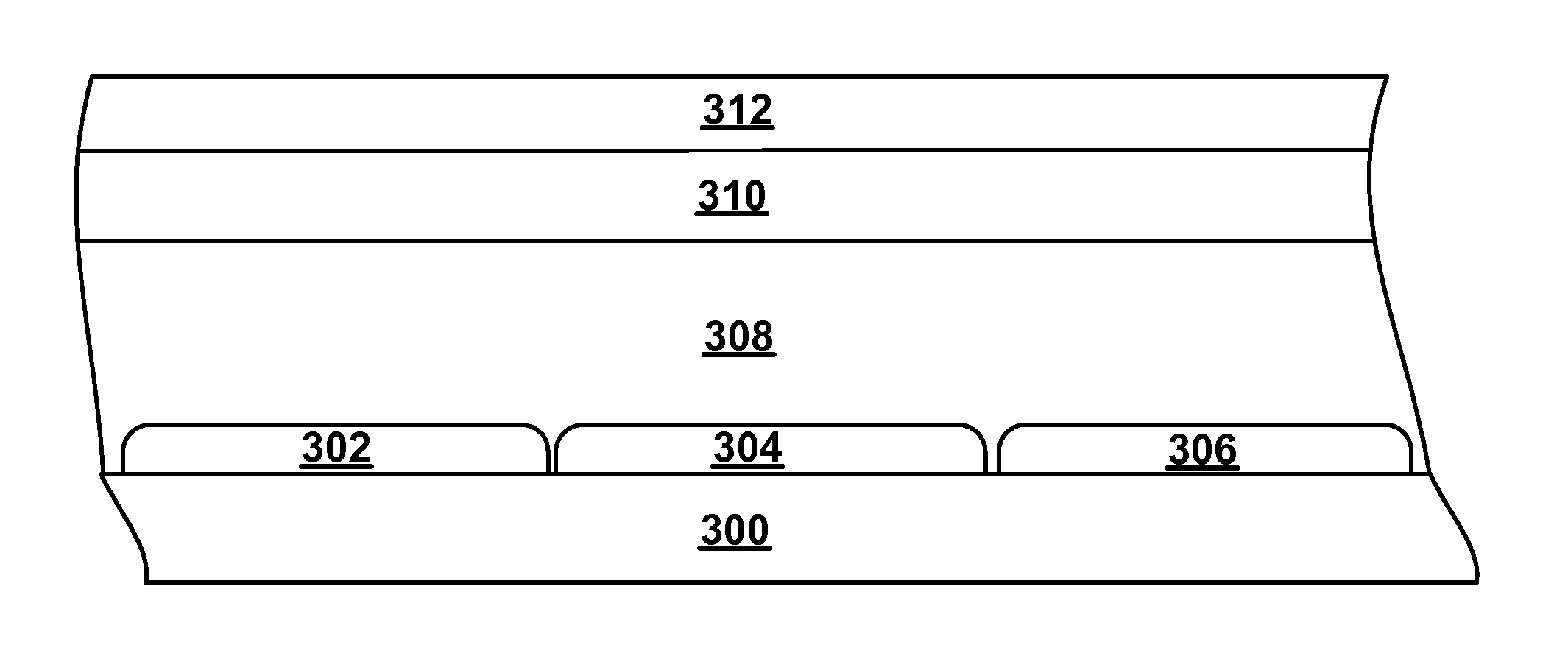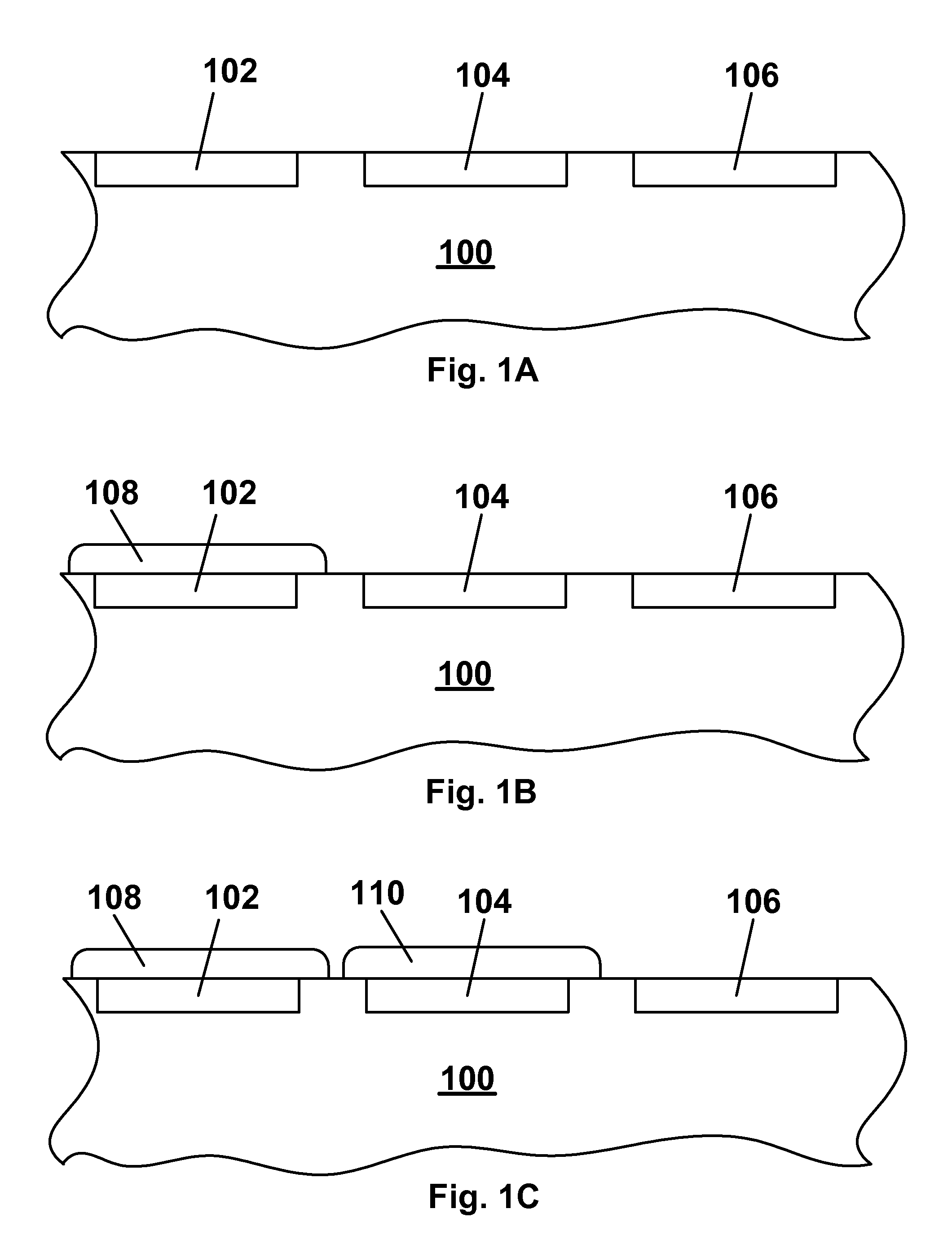Electro-optic media produced using ink jet printing
a technology of ink jet printing and electrophoretic media, which is applied in the field of electrophoretic media produced using ink jet printing, can solve the problems of inadequate service life of gas-based electrophoretic media, unable to meet the needs of the user, so as to reduce the cost and production lead time, and increase the cost
- Summary
- Abstract
- Description
- Claims
- Application Information
AI Technical Summary
Benefits of technology
Problems solved by technology
Method used
Image
Examples
Embodiment Construction
[0093]As already mentioned, the present invention provides numerous different processes in which ink jet printing is used in the production of electro-optic displays and components of such displays, especially front plane laminates and double release films. However, the numerous different processes of the invention all make use of one of the following four steps:[0094](a) ink jet printing a layer of a polymer-dispersed electrophoretic medium on a substrate;[0095](b) ink jet printing a plurality of different electro-optic media on a substrate to form a “color” electro-optic layer (in the sense of an electro-optic layer in which different areas react differently to application of an electric field);[0096](c) ink jet printing a plurality of different colored materials on a substrate to produce a color filter (which is not necessarily a full color filter); and[0097](d) ink jet printing electrodes and / or associated conductors on a layer of electro-optic material.
[0098]Various processes o...
PUM
| Property | Measurement | Unit |
|---|---|---|
| diameter | aaaaa | aaaaa |
| thickness | aaaaa | aaaaa |
| thickness | aaaaa | aaaaa |
Abstract
Description
Claims
Application Information
 Login to View More
Login to View More - R&D
- Intellectual Property
- Life Sciences
- Materials
- Tech Scout
- Unparalleled Data Quality
- Higher Quality Content
- 60% Fewer Hallucinations
Browse by: Latest US Patents, China's latest patents, Technical Efficacy Thesaurus, Application Domain, Technology Topic, Popular Technical Reports.
© 2025 PatSnap. All rights reserved.Legal|Privacy policy|Modern Slavery Act Transparency Statement|Sitemap|About US| Contact US: help@patsnap.com



